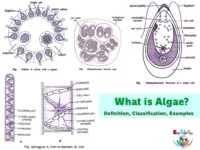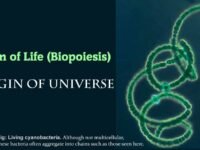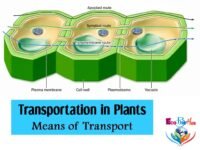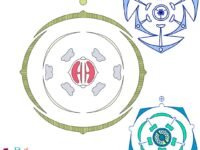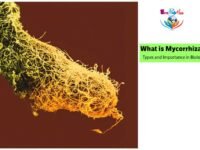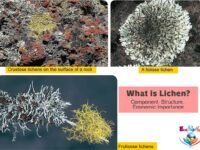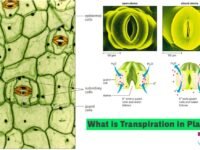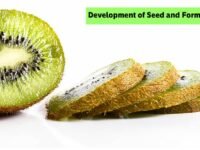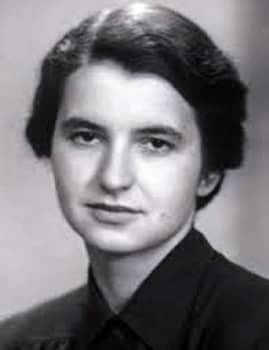Rudolf Virchow
FATHER OF MODERN PATHOLOGY
(13 October 1821 — 5 September 1902)
(adsbygoogle = window.adsbygoogle || []).push({});

Rudolf Ludwig Carl Virchow, was a renowned and influential German physician and pathologist of the 19th century. He was a pioneer in veterinary pathology and social medicine. He was also an anthropologist, biologist, writer, editor of several medical journals and a statesman noted for his efforts in advancing public health.
He was born on 13 October 1821. He was the only child of Carl Christian Siegfried Virchow and Johanna Maria in Schievelbein in Pomerania, Prussia (now known as Swidwin in Poland). He did his elementary schooling in Schievelbein.
He graduated from Gymnasium in 1839 and was awarded a military fellowship to study at Berlin’s Friedrich-Wilhelms Institute (now Humboldt University of Berlin) from where he got his medical degree in 1843. After his graduation, he worked under Johannes Peter Muller as a subordinate physician and later did his internship at Berlin’s Charite Hospital. In 1844, Virchow joined Robert Froriep, a prosector, who was also editor of a journal that dealt specially with international work. He studied microscopy under Froriep and developed an interest in pathology.
(adsbygoogle = window.adsbygoogle || []).push({});
Virchow published his first scientific paper in 1845 in which he wrote the earliest known pathological descriptions of leukemia. He qualified the medical licensure examination in 1846, and immediately succeeded Froriep as hospital prosector at the Charité. In 1847, he was appointed to his first academic position with the rank of privatdozent.
With colleague, Benno Reinhardt, he started a journal Archiv für pathologische Anatomie und Physiologie und für klinische Medizini (now known as Virchow’s Archies) in 1847.
To fight political injustice he founded Die medicinische Reform (Medical Reform), a weekly newspaper for promoting social medicine, 1848. The newspaper ran under the banners “medicine is a social science” and “the physician is the natural attorney of the poor”.
His first major work was a six-volume Handbuch der speciellen Pathologie und Therapie (Handbook on Special Pathology and Therapeutics) published in 1854. In 1855, he published his famous work describing “omnis cellula e cellula“ (All cells come from cell).
He contributed to understand cellular pathology and stated that diseases could be characterised and accurately diagnosed by typical anatomical changes.
Among his books, Cellular Pathology, published in 1858 is regarded as root of modern pathology and also popularised, the third dictum of cell theory ‘Omnis Cellula e cellula‘. He created the field of comparative pathology.
He founded Zeitschrift für Ethnologie (Journal of Ethnology). The latter is published by German Anthropological Association and the Berlin Society for Anthropology, Ethnology, and Prehistory, the societies of which he was the founder.
Virchow married Ferdinande Rosalie Mayer (Rose Virchow) in 1850. They had three sons and three daughters. Rudolf died of heart failure,
(adsbygoogle = window.adsbygoogle || []).push({});
on 5 September 1902, in Berlin.
In 1892, he was awarded the British Royal Society’s Copley Medal. His contributions include:
• He was the first person to identify leukemia in 1847. In 1857, he was the first to describe a type of tumor called chordoma that originated from the clivus.
• He also explained the mechanism of pulmonary thromboembolism for the first time.
• He developed a systematic method of autopsy.
• Virchow was the first to analyse hair in criminal investigation and made the first forensic report in 1861.
• He also described the life cycle of Trichinella spiralis (roundworm).
Virchow was an opponent of Darwin’s theory of evolution.
Virchow also contributed to anthropology, paleontolgy and archeology. He believed that the Neanderthal man was a modern Homo sapiens, in which deformations were caused by rickets and arthritis
|


